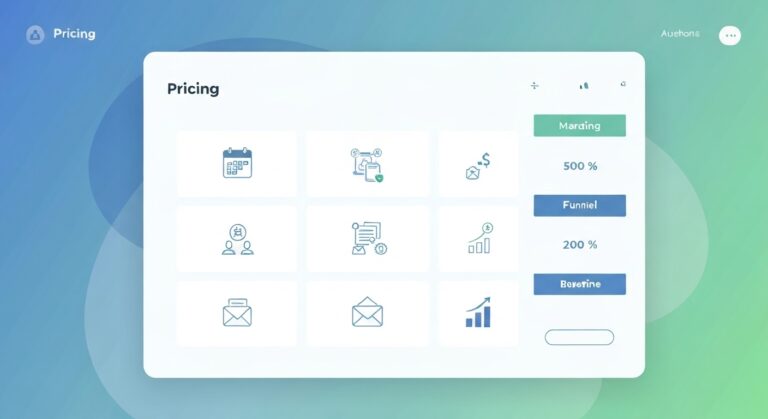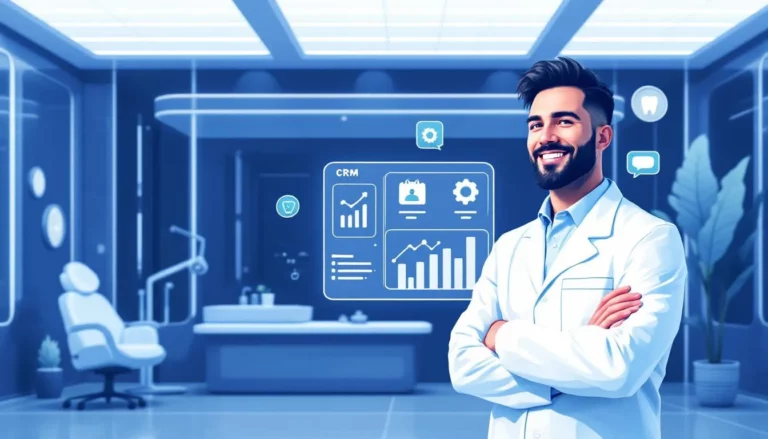
There are a lot of tools that an agency needs to run these days, like email platforms, data dashboards, project management software, payment systems, schedule apps, and more. Each is useful on its own, but when they work separately, you waste time on things like updating by hand, making mistakes, and moving between tabs all the time.
It could work for a small team if everyone is spread out, but as the business grows, the cracks show up fast. Follow-ups that aren’t done, data that isn’t uniform, and processes that aren’t linked can hurt client trust and make operations harder. That’s when CRM connections for agencies become more than just a nice-to-have; they become an important part of properly growing.
If you add the right tools to your CRM, it can become a place where sales, marketing, and delivery all work together easily. Your team won’t have to keep checking multiple screens all the time. Instead, they can focus on what really drives growth: creating campaigns, developing leads, and giving great customer service.
Unifying Data Across Marketing Channels
Every marketing firm has to deal with data that is spread out across many places, like ad networks, social media accounts, landing pages, and email tools. This data is spread out in different places because it hasn’t been properly integrated. Reports aren’t full, insights aren’t gained right away, and choices are often made with only some of the facts.
There will be only one source of truth when your CRM is properly linked to these platforms. Leads from Google or Facebook ads go straight into the CRM and are marked with where they came from. The same system that handles your flow also keeps track of how engaged your email campaigns are. This makes it easy to see which platforms are really bringing in sales and not just views.
Think about running a campaign across multiple channels and being able to see from one screen in real time which source is generating sales-ready leads and which one needs to be tweaked. That much clarity is only possible when data flows through systems that work together, not files that are spread out all over the place.
Reducing Manual Work Through Automation
Without links, moving data from one tool to another can take hours every week for ad teams. You have to manually add new leads from landing pages. It’s necessary to sync meeting times made on calendar tools by hand. In Excel, exporting CSV files and putting them together is how reports are made.
A well-thought-out CRM link plan takes care of all of this for you. When leads come in, they do so on their own. Meeting links add clients to records. Real-time updates are made to campaign data. That means your team can do more strategic and creative work and less administrative work.
These small ways of saving time and money add up to big savings over time. What used to take hours of work by hand can now be done automatically, 24 hours a day, seven days a week.
Aligning Sales and Marketing Efforts
Marketing and sales often work on different platforms in many businesses. In a different CRM, sales teams handle flows, while marketers run programs and gather leads. There are delays and confusion because these two tasks are not connected. Follow-ups are sent at the wrong time, leads are lost, and important progress is lost.
When marketing tools are directly connected to the CRM, sales can see every new lead right away. Campaign success data follows the lead, so sales reps can change how they talk to leads based on what ads they clicked on, what emails they opened, and what pages they viewed.
This unity leads to better handoffs, faster sales processes, and a smoother path for clients from the first meeting to the signed contract.
Streamlining Project Delivery After the Sale
Integrations aren’t just for making sales and getting leads; they’re also very important for service. After a contract is done, you typically need to migrate client information into project management tools, invoicing systems, and contact platforms. Doing this by hand makes it more likely that you will make errors and takes longer to train.
When the CRM is connected to delivery systems, the switch from “deal won” to “project started” occurs right away. You don’t have to touch any buttons to get things done, let teams know, or send welcome SMS to customers. This will make it easy for both the team and the client to work together.
Creating a Better Client Experience
Your clients may not be able to see your internal tech stack, but they can tell how well it works. When data moves easily between tools, clients get correct information, changes on time, and consistent service. There are not as many lost balls, delays, and uncertainty.
For instance, if your schedule tool is linked to your CRM, when a client books a call, confirmation emails, notes, and follow-ups after the call will all be sent immediately, without anyone having to do it by hand. This kind of easy experience makes companies stand out, especially in niches with a lot of competition where skill can make or break keeping clients.
Scalability Without Complexity
The number of tools tends to rise as agencies get bigger. As new services come out, so do new platforms. What was once doable can quickly become a mess. If you don’t have connections, growing means adding more tasks that need to be done by hand, more administrative work, and more chances for things to get missed.
Agencies can grow their business without making things more complicated by adding tools early on and building around the crm integrations for agencies. Adding a new service doesn’t mean starting from scratch with the process; it just means adding a new part to the framework that’s already there.
This is how grown companies can grow quickly without having to hire new managers all the time or get too many charts.

Conclusion – Building a Connected Foundation for Growth
Even though they’re not the flashiest part of your CRM plan, integrations are one of the most important ones. They bring all the data together, cut down on manual work, connect teams, and make the whole experience for the client feel smooth.
To grow quickly, agencies need to learn more than just how to connect apps with CRM. They need to build a base where all parts of the business can work together smoothly.
If your CRM is still living alone, now is the time to make that happen. Bring your most-used communication and marketing tools together under one roof to see how much better your agency can run when everything shares a common link.



